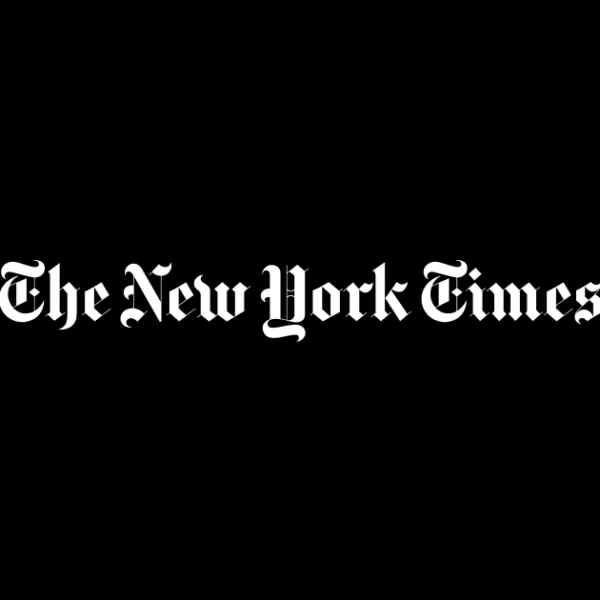

Mondays in the office are making a comeback after workers have spent the last four years easing into the working week (in pajamas, on the sofa, laptop at the ready).
That’s the upshot of new research that shows professionals are increasingly being hauled to their cubicles at the start of the week.
The popular water cooler company Bevi compared usage of its machines in offices today with 2019, when most workers were based at their desks five days a week—and it found that the workweek is looking closer to pre-pandemic times than ever before.
“Although hybrid work has taken root, in 2024 it is gradually resembling more and more of a 5-day work week, with attendance increasing on Mondays and Fridays relative to 2023 (though still comparatively light on those days relative to 2019),” Bevi CEO Sean Grundy wrote in the report.
The data shows that in-office attendance on a Monday has increased by 8% since last year, now reaching 58% of pre-pandemic levels.
Fridays are getting busier too, with office numbers at 47% of pre-pandemic levels (up from 44%)—but it’s still the quietest day of the week.
In contrast, Tuesday through Thursday is almost back to normal, with offices running at nearly 75% of their pre-pandemic capacity.
Although Bevi found that Mondays and Fridays are still the most popular days to work from home, separate data has shown that Mondays are now as busy as Thursdays in office canteens in the U.S. and Britain.
The world’s largest food catering firm, Compass Group, recently reported a surge in revenues and profit, thanks to workers increasingly returning to the office (and buying lunch on site) on Mondays.
However, the company echoed that Fridays continue to lag behind the first four days of the week.
In-office attendance is up, but the traditional 9-5 is dead
Despite workers’ resistance to in-office mandates, attendance has “consistently and unmistakably” risen over the past four years, Bevi reported.
“In 2023 we had assumed we were finally near an equilibrium in hybrid work, with people coming to the office ~2.7 days per week, but in fact, we’ve seen workplace attendance increase even more in 2024, to an average of over 3.0 days per week (and still climbing),” it added.
That being said, the traditional 9-5 workday is seemingly dead.
Employees are still commuting fewer days per week than they were before the pandemic, and Bevi’s data shows that when they do go into the office, they work longer and fewer standard hours.
In 2019, Bevi saw 87% of office attendance occur in the standard 9-to-5 work hours, while 13% registered outside the traditional workday, or sometime between 5 p.m. and 9 a.m.
Since then, workers have gotten accustomed to working when they are most productive—and despite being summoned back to their office desks, they’re not giving up the pandemic habit any time soon.
So far this year, 9-to-5 attendance has dropped to 80%, while off-peak attendance rose to 20%.
Businesses are making Mondays mandatory
The increase in office attendance on a Monday comes as businesses are getting increasingly specific about which three days they want their workers in.
Although for the average company, this looks like Tuesday, Wednesday, and Thursday in the office, a small but growing number of influential companies are using their hybrid policy to kill long weekends at home.
Take L’Oréal for example: Workers at the 114-year-old French cosmetics giant had been working for three days per week in the office for over a year when its CEO, Nicolas Hieronimus, decided to switch up the mandate.
Now, the company’s 88,000-strong workforce has to show face on Fridays instead of Wednesdays—the reason for which remains unclear.
Meanwhile, Publicis Groupe, the world’s third-largest advertising and PR company, mandated Mondays in the office last year.
And then there’s Deutsche Bank, which outright banned staff from working at home on Fridays and Mondays with the aim to “spread our presence more evenly across the week.”















